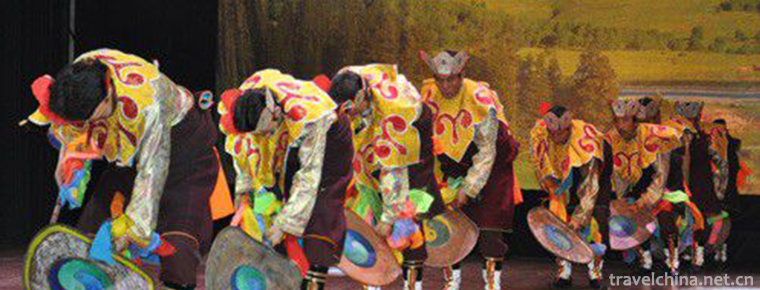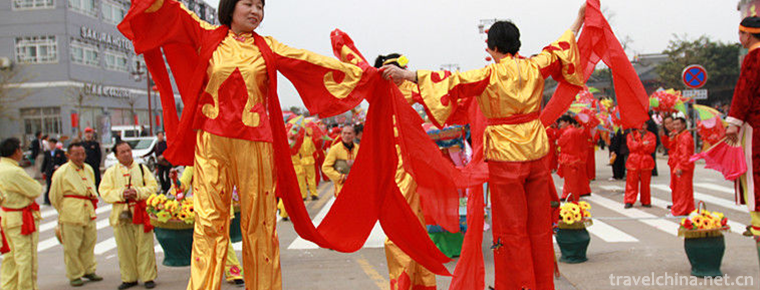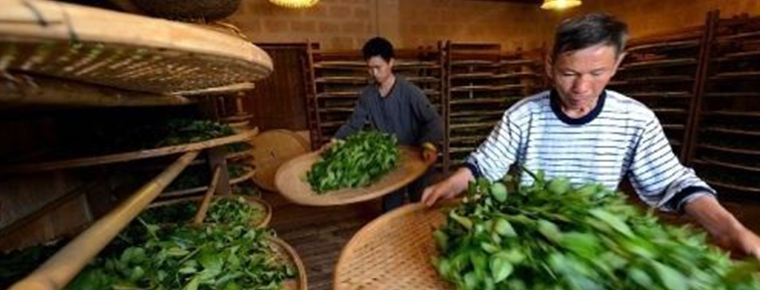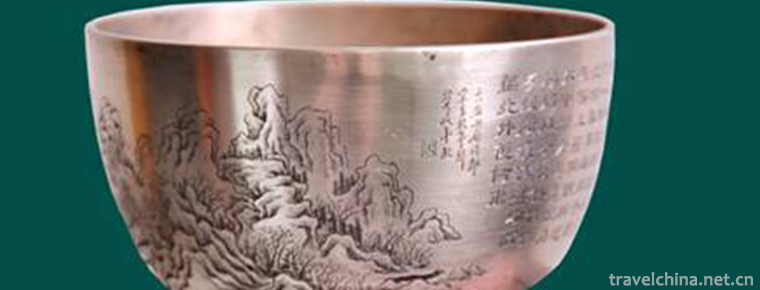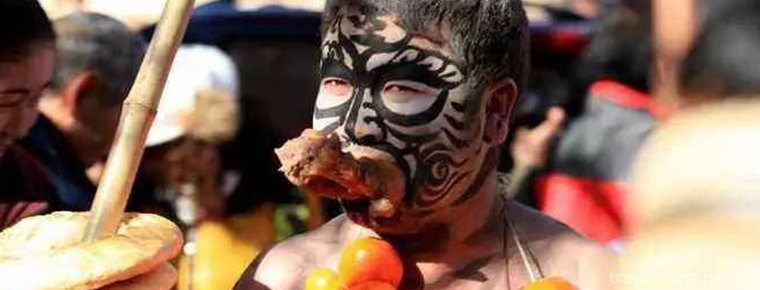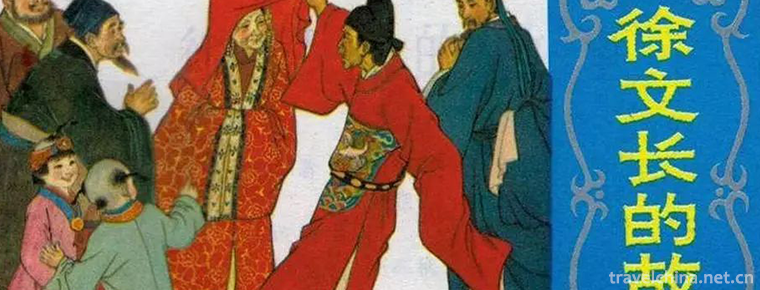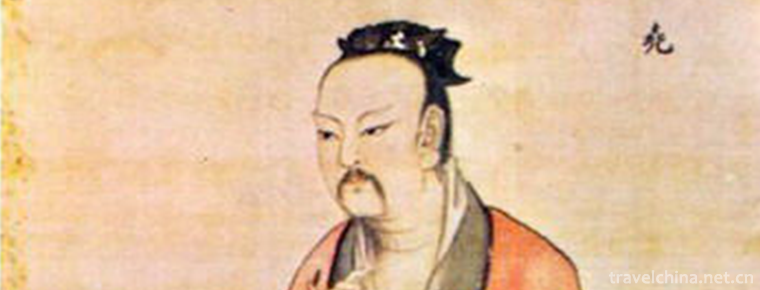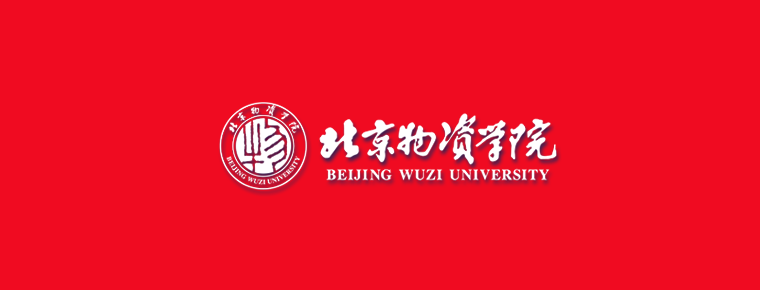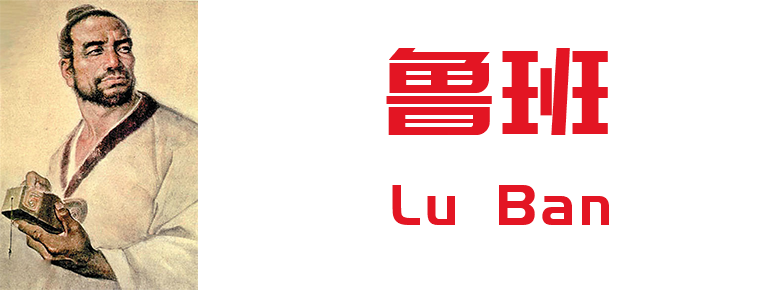Traditional pasta making techniques
Traditional pasta making techniques
Traditional pasta making technology was listed in the second batch of national intangible cultural heritage list in 2008.
Nowadays, the pasta making techniques listed in the national intangible cultural heritage list include: Longxu noodles and knife noodles, sharp noodles and cat ears (traditional pasta making techniques)
Tianjin Goubuli steamed bun making skills, Jishan traditional pastry making skills in 2011 included in the expansion list
Guifaxiang Eighteenth Street twist making skills, Nanxiang small cage steamed bread making skills in 2014 included in the expansion list
Dragon whiskers noodles
"Longshu noodles" is one of the traditional feast noodles in northern China. It is a kind of thin and long noodles. Legend has it that a chef in the imperial dining room of the Ming Dynasty made a kind of noodles as fine as hair on the day of eating spring cakes in the early spring, just like the beard of a dragon. The emperor's appetite was open, while tasting, while appreciating, Longyan was happy and full of praise. Since then, this kind of detonation has become a very fashionable snack. Because of the posture of facing, such as Qizhuang mountain and river, the face of rolling out is as thin as hair, like interwoven dragon beard, so it is called dragon beard face.
Diaoxiao Noodles
Knife noodles, Shanxi local characteristics of traditional noodles, as one of the "China's top ten noodles," popular in the north. Operation process: Put the flour into lumps, raise the dough in your left hand, and take the arc knife in your right hand. Cut the dough piece by piece into the boiling pot. After boiling, remove the dough and add various tastes of tucks and spices to eat. Datong knife in Shanxi is the most famous noodle-cutting tool. Shanxi Knife Noodle Cutting is famous at home and abroad for its unique flavor. Knife face is entirely cut by knife, so it is named. Face blade cut with knife, medium thickness and thin edge. Clear edges, like willow leaves; slippery tendons outside the entrance, soft but not sticky, chewing more fragrant, popular with pasta eaters. It is also known as China's five major pasta dishes, including fried sauce noodles in Beijing, steamed noodles in Henan, hot and dry noodles in Hubei and Dandan noodles in Sichuan. It enjoys high reputation as one of the most representative business cards of Shanxi cuisine.
There is an old legend about knife noodle cutting: after the Mongolian people came to the Central Plains, they established the Yuan Dynasty. In order to prevent the rebellion of the Han people, they confiscated all the metals in every household, and stipulated that 10 households should use a kitchen knife to cut vegetables and cook in turn, and then return them to the Mongolians for safekeeping. One noon, a wife and a good face, let the old man to pick up the knife, the result of the knife was taken away by others, the old man had to return. When he was leaving the Mongolian gate, the old man's foot was touched by a thin sheet of iron. He picked it up and carried it in his arms. After returning home, the pot was boiling, the whole family waited for the knife to cut noodles, but the knife did not come back. The old man was so anxious that he suddenly remembered the iron in his arms. He took it out and said, "Let's use the iron cut noodles!" The old lady looked at the thin and soft iron and muttered, "How can such a soft thing cut noodles?" The old man said angrily, "Cut it off if you don't move." The word "chop" reminds my wife that she puts the dough on a board, holds it up in her left hand, holds the iron sheet in her right hand, and stands at the edge of the boiling pot to "chop" the noodles. One piece of leaf falls into the pot, cooks it, fishes it in a bowl, and pours the marinated juice on it so that the old man can eat it first. The old man says as he eats it, "It's very good, it's very good, and he doesn't need to take the kitchen knife to cut noo In this way, the spread of ten to one hundred spread throughout the land of Jinzhong.
Close the tip
Tipping bed must be used for making tipping. The wooden bed frame with a sharp edge is in the shape of a well, with a long opening in the middle, and a sharp edge pat is placed on the mouth. Tip racket is iron or copper, concave, with dense and orderly small holes on the top, four edges raised, embedded on the bedstead, the upper and lower must meet closely.
Soybean noodles are mixed with water and made into soft paste. Pick them on the edge of the boiling pot with an iron spoon. Press the bed frame with your right hand, and then drop the pasty bean noodles into the boiling pot with a turntable in your left hand. Cook them in a bowl with a fence. Add yam sticks and various seasonings to eat.
Cat ears
Cat's ear is a kind of characteristic traditional pasta popular in Shanxi, Shaanxi and other places. It is not made of cat's ear as the name says, but because it resembles cat's ear. In North China, cat ears are mostly used as staple food like other pasta foods, while in South China, they are used as snacks and snacks.
Press the living dough into thicker pieces, cut into strips, then cut into knuckle-sized particles, and then press a forward twist with the thumb belly, a cat's ear is ready.
According to legend, Emperor Qianlong of the Qing Dynasty went down to the south of the Yangtze River to enjoy the West Lake in a boat. When swimming in high spirits, it suddenly began to rain, and people hurried to shelter from the rain in the cabin of the boat. Everyone waited and waited, but the rain grew heavier and heavier, and it never stopped for a long time. Several hours later, Emperor Qianlong was hungry and hungry. He couldn't help asking the old fisherman if he had eaten. The old fisherman told Qianlong that noodles could not be made without a rolling stick. When she was worried, the granddaughter of the old fisherman walked with a kitten in her arms and said, "No rolling stick, I'll twist it with my hands." So the little girl began to twist the noodles into pieces, like the ears of the cat, small and lovely. She boiled the weird noodles in a pot and then poured the fish and shrimp sauce on them for Qianlong to eat. Qianlong met the unusual appearance of noodles, exquisite and chic, after eating more feel endless aftertaste, quickly asked the little girl what is the name of noodles, the little girl answered that the cat's ears. Qianlong liked this snack very much. When he returned to Beijing, he called the little girl to make "cat's ears" for him. Since then, "cat's ear" has become a famous point.
Another is that when the little girl grows up and marries, she sells noodles to make a living. One day, when I think of my past adventures, I immediately put on the pretext of "Imperial Driver Tastes Cat's Ears" to attract customers and become a famous food in Hangzhou, which has been popular till now.
Close the tip
Tipping bed must be used for making tipping. The wooden bed frame with a sharp edge is in the shape of a well, with a long opening in the middle, and a sharp edge pat is placed on the mouth. Tip racket is iron or copper, concave, with dense and orderly small holes on the top, four edges raised, embedded on the bedstead, the upper and lower must meet closely.
Soybean noodles are mixed with water and made into soft paste. Pick them on the edge of the boiling pot with an iron spoon. Press the bed frame with your right hand, and then drop the pasty bean noodles into the boiling pot with a turntable in your left hand. Cook them in a bowl with a fence. Add yam sticks and various seasonings to eat.
Cat ears
Cat's ear is a kind of characteristic traditional pasta popular in Shanxi, Shaanxi and other places. It is not made of cat's ear as the name says, but because it resembles cat's ear. In North China, cat ears are mostly used as staple food like other pasta foods, while in South China, they are used as snacks and snacks.
Press the living dough into thicker pieces, cut into strips, then cut into knuckle-sized particles, and then press a forward twist with the thumb belly, a cat's ear is ready.
According to legend, Emperor Qianlong of the Qing Dynasty went down to the south of the Yangtze River to enjoy the West Lake in a boat. When swimming in high spirits, it suddenly began to rain, and people hurried to shelter from the rain in the cabin of the boat. Everyone waited and waited, but the rain grew heavier and heavier, and it never stopped for a long time. Several hours later, Emperor Qianlong was hungry and hungry. He couldn't help asking the old fisherman if he had eaten. The old fisherman told Qianlong that noodles could not be made without a rolling stick. When she was worried, the granddaughter of the old fisherman walked with a kitten in her arms and said, "No rolling stick, I'll twist it with my hands." So the little girl began to twist the noodles into pieces, like the ears of the cat, small and lovely. She boiled the weird noodles in a pot and then poured the fish and shrimp sauce on them for Qianlong to eat. Qianlong met the unusual appearance of noodles, exquisite and chic, after eating more feel endless aftertaste, quickly asked the little girl what is the name of noodles, the little girl answered that the cat's ears. Qianlong liked this snack very much. When he returned to Beijing, he called the little girl to make "cat's ears" for him. Since then, "cat's ear" has become a famous point.
Another is that when the little girl grows up and marries, she sells noodles to make a living. One day, when I think of my past adventures, I immediately put on the pretext of "Imperial Driver Tastes Cat's Ears" to attract customers and become a famous food in Hangzhou, which has been popular till now.

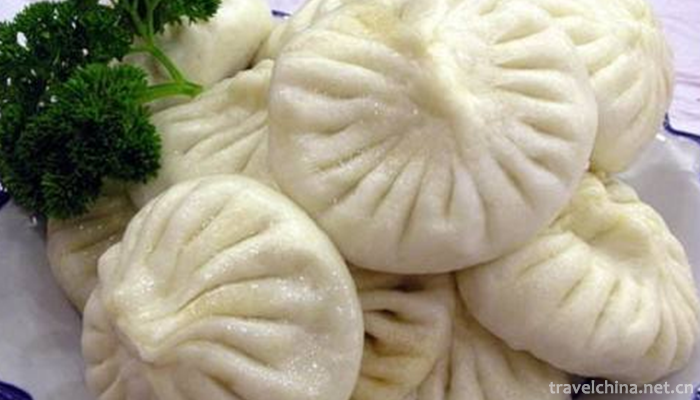
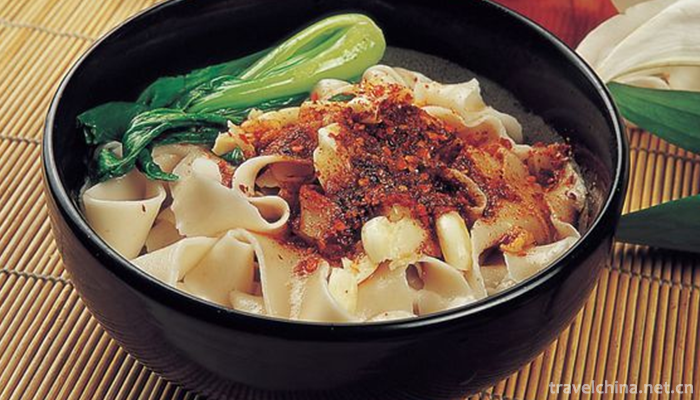
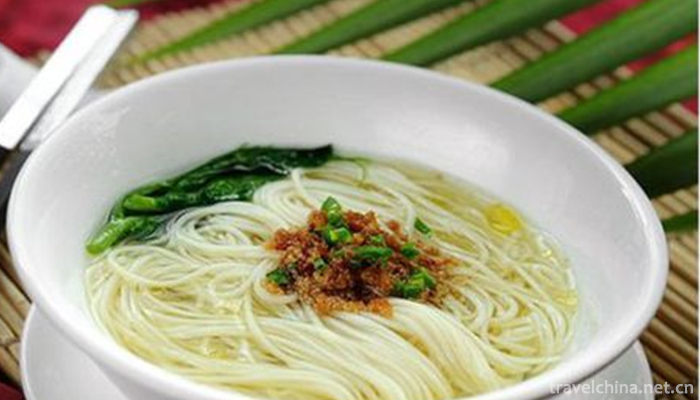
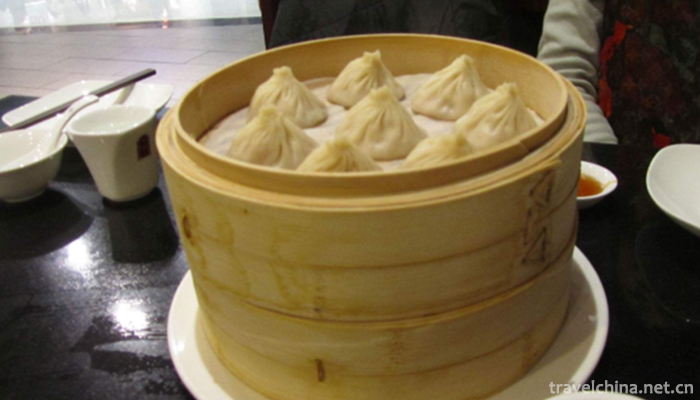
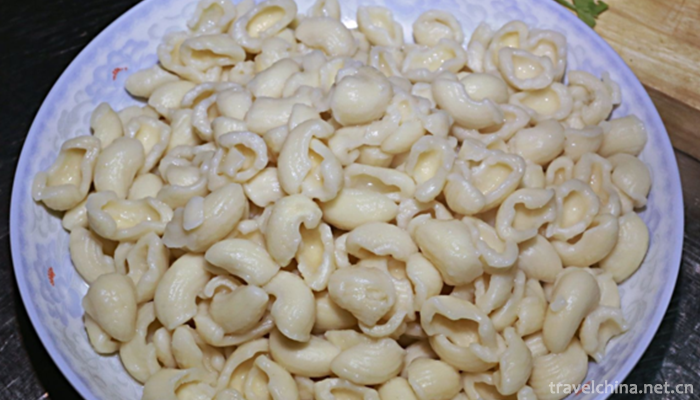
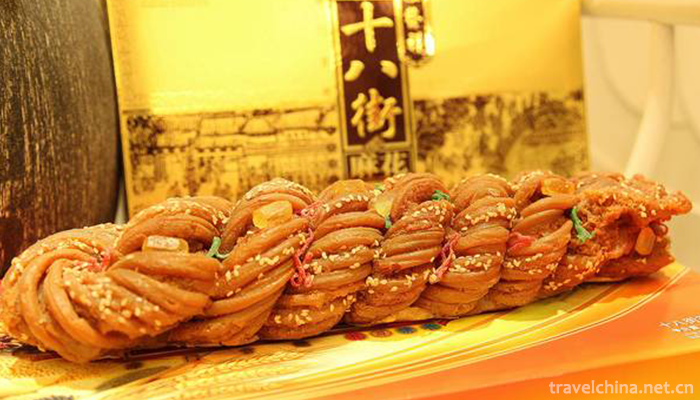
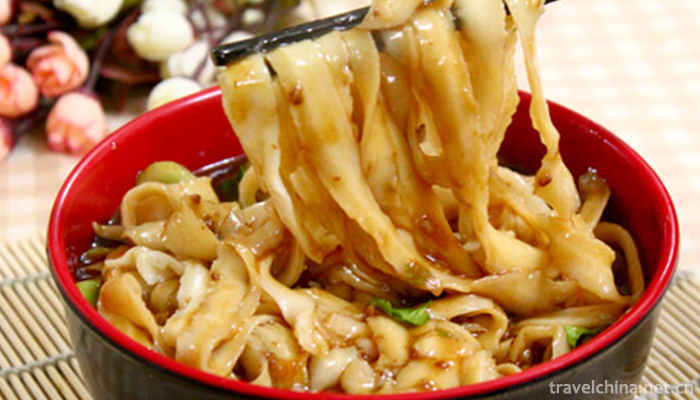
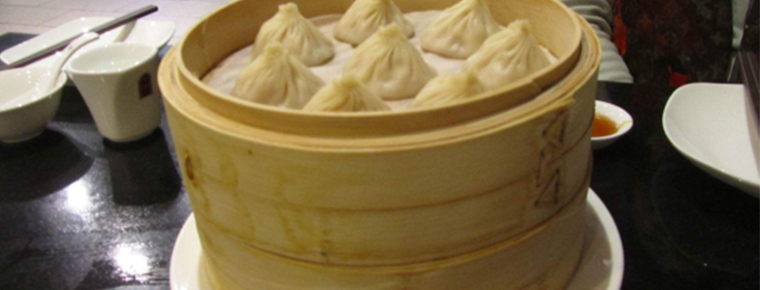
Traditional pasta making techniques
-
Yuan Dynasty Capital City Wall Site Park Yuandadou Chengyuan Site Park
The Yuandu Chengyuan Site Park was built on the Tucheng Site of Yuandu (National Key Cultural Relics Protection Unit, batch No. VI-1). It is located near Mingguang Village, Southern College Road
Views: 163 Time 2018-12-23 -
Tibetan Gugu Encouragement
Tibetan God inspiration has a long history. As for its origin, there is a legend that one or two hundred years ago, a "Gawa Hubo" (i.e. a local official) in Ningba village danced in the mans
Views: 415 Time 2019-04-05 -
Shaman Dance of Ewenki Nationality
Shaman dance of Ewenki nationality is a traditional dance of Ewenki nationality. It is a national cultural heritage of China and is spread in Genhe region of Inner Mongolia Autonomous Region.
Views: 174 Time 2019-04-28 -
Stilts
Stilts, also known as "Stilts Yangko", is a folk dance widely spread throughout the country. It is named for its many feet on stilts when dancing. Stilts have a long history, originating fro
Views: 101 Time 2019-04-30 -
Production Techniques of Flower Tea
Jasmine tea, also known as jasmine fragrance, is the tea and jasmine flowers to blend, bass, so that tea leaves absorb flower fragrance into tea, tea fragrance and jasmine fragrance interactively inte
Views: 197 Time 2019-05-04 -
Cutting Copper Dus Cutting Copper
Painting inscriptions on bronze pots, smooth lines; beautiful paintings of mountains and rivers on bronze plates, such as immersion... In many people's eyes, Du's bronze engraving,
Views: 281 Time 2019-05-09 -
The Tu nationality in Yuqiu
Tu nationality, spread in Nianduyu Village, Tongren County, Qinghai Province, is a unique local folk culture form. It is held from November 5 to 20 of the lunar calendar every year. It includes ceremo
Views: 230 Time 2019-06-23 -
Xu Wenchangs Story
The story of Xu Wenchang takes the history of the middle and late Ming Dynasty as the background. From the legend story of Xu Wenchang's youth, "Taking things from the pole", it has been tol
Views: 163 Time 2019-07-09 -
Legend of Yao
The legend of Yao is one of the local folklores in Jiangxian County, Shanxi Province. Yao is the Saint King of ancient Chinese legend. It is said that later generations named him Tao Tang and surnamed
Views: 100 Time 2019-07-11 -
Beijing Wuzi University
Beijing Wuzi University is a public institution of higher learning which is characterized by logistics and circulation, based on economic disciplines, with management disciplines as its main branches,
Views: 327 Time 2019-09-06 -
Gong Shuban Lu Ban
Luban (507 BC - 444 BC), Lu people in the spring and Autumn period. Ji surname , a two-character surname Name, class, person. Public transport plate , Public like , Class lose It is also known as &quo
Views: 219 Time 2019-09-07 -
Guangyuan history and culture
"Guangyuan daughter's day, women swim in the river bay", this is a kind of folk cultural activities, this is the chapter described by Guangyuan daughter's day. On the first daughter's day in 1988, the water area of Jialing River in front of huangze temple was
Views: 156 Time 2020-12-15

